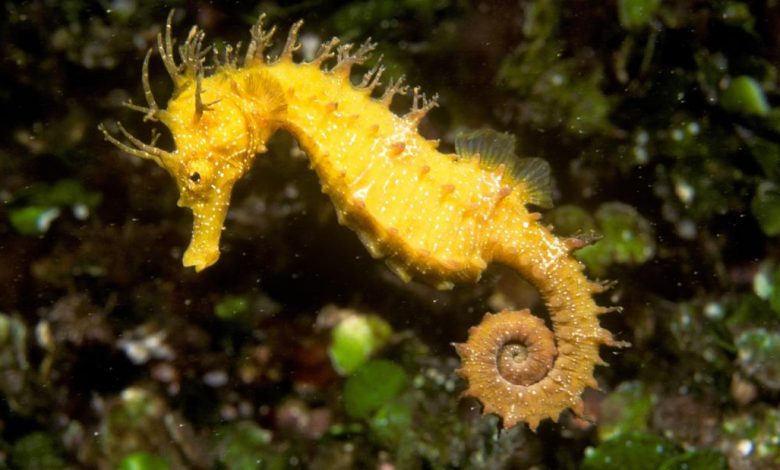Woman saves seahorse from bottom trawl

Amanda Vincent, a professor at the Institute of Oceans and Fisheries at the University of British Columbia, Canada, has seen the devastation of bottom trawling during more than three decades of studying seahorses around the world.
“Consider your favorite forest or hillside and imagine helicopters dropping heavy ropes and cutting everything in their path, plowing the ground, but also destroying everything,” she said. bees, butterflies, birds, bushes and bears,” she said. “We’re not going to allow that on land, not for a minute, but this is what’s happening in the ocean all day, every day.”
“It just wreaks havoc and wreaks havoc on the ecosystem,” says Vincent. “It’s extermination fishing, pure and simple, and it has to stop.”
“Most trawlers only catch one or two seahorses per boat per night (fishing style). It sounds like nothing,” she said, but continued “countries like Thailand or India exports five million seahorses a year, (so) it tells you something about the scale of those bottom trawl operations, because that’s how they catch the seahorses themselves.”
Impact on the ocean
“It’s made a tremendous impact on the world’s oceans,” said Juan Mayorga, a marine scientist at the University of California, Santa Barbara. “For every kilogram of shrimp you can get 25 kilograms of random catch… There is no such thing as a selective bottom trawl.”
“The first meter of the seafloor stores twice as much carbon as all terrestrial land combined.” Mayorga said. “So it’s a huge, huge, huge carbon sink.”
Damage reduction
Mayorga says the number of bottom trawlers has skyrocketed in recent years, partly due to fuel costs and some changes that have made the industry less destructive, such as modifying equipment to reduce catches and allows species such as sea turtles to escape, but he added that these measures have not been widely adopted.
Vincent found “big hope” in global commitments to protect 30% of the ocean by 2030 by implementing Marine Protected Areas (MPAs), where fishing is heavily regulated or banned. . The Seahorse project has helped establish 35 MPAs across the Philippines, whose archipelago is home to 10 of the 46 known species of seahorse.
But for Vincent there was always more work to do.
Although bottom trawling is currently the biggest threat to seahorses, Vincent says they are also increasingly at risk from habitat destruction and climate change. “They’re really a harbinger of things to come when you look at the fate of seahorses right now.”
“The ocean is everything to us – 99% of the space on Earth where life is possible is in the ocean,” Vincent adds. “We’re basically using seahorses to help save the seas. If we get it right with these fun little fish, we can do a lot for the ocean.”
.




